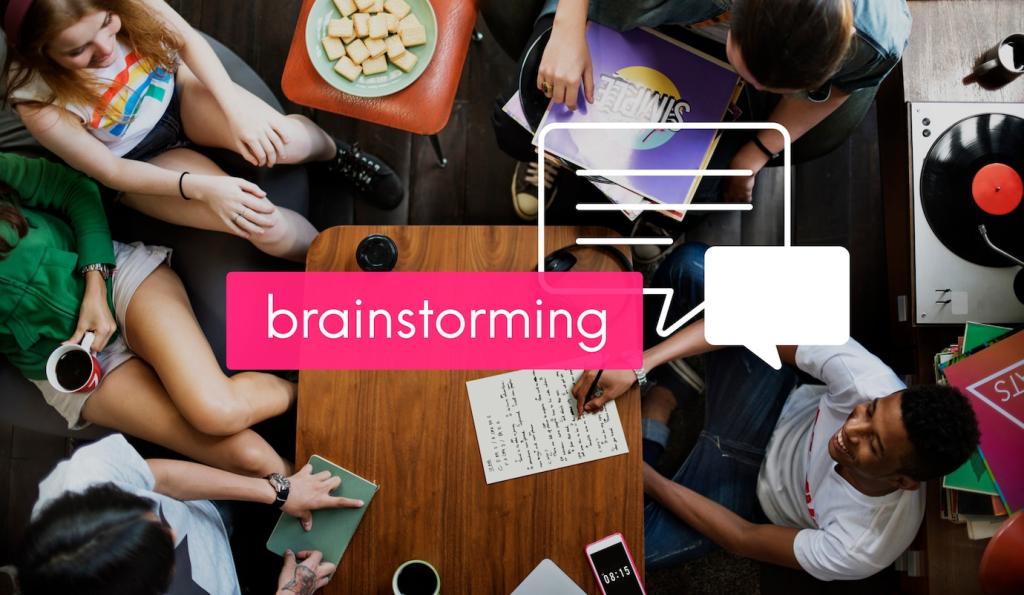
Boosting Online Course Enrollment Through Strategic Copywriting
Chosen theme: Boosting Online Course Enrollment Through Strategic Copywriting. Welcome! Today we dive into how precise, empathetic language turns browsers into learners. Expect practical frameworks, vivid examples, and stories you can steal ethically for your own pages. Subscribe for weekly prompts, templates, and experiments that help your course copy convert with confidence.

Motivation Mapping That Fuels Enrollment
List the moment someone decides they need your course: a missed promotion, a stalled side project, or recurring client rejections. When your copy speaks to that precise moment, prospects feel seen, urgency rises naturally, and clicking “Enroll” becomes an emotionally logical next step.

Spotting Hidden Objections Early
Interview three potential learners and ask, “What would stop you from enrolling today?” Use their exact words in FAQ sections and microcopy. Mirroring language builds trust fast and prevents silent abandonment caused by uncertainty, time worries, or fear of wasting effort on yet another course.

This is the heading
Lorem ipsum dolor sit amet, consectetur adipiscing elit. Ut elit tellus, luctus nec ullamcorper mattis, pulvinar dapibus leo.

This is the heading
Lorem ipsum dolor sit amet, consectetur adipiscing elit. Ut elit tellus, luctus nec ullamcorper mattis, pulvinar dapibus leo.
Headlines and Subheads That Pull Readers Down the Page
Promise + Proof + Timeframe Formula
Try patterns like, “Design portfolio-ready case studies in 21 days—without guesswork.” Follow with a proof-driven subhead: “Built from 47 hiring manager interviews and 120 reviewed portfolios.” When the promise and evidence appear together, attention holds and skepticism softens noticeably.
Clarity Beats Curiosity in Course Headlines
Curiosity headlines can misfire when buyers need certainty. Prefer clear descriptors like “A practical JavaScript path from syntax to shipped app” over vague plays on mystery. Use curiosity strategically in subheads or bullets to tease method, not outcome, and keep momentum genuine.
Skimmable Subheads as Narrative Signposts
Write subheads so a scanner can grasp your entire argument in thirty seconds. Sequence them from pain, to promise, to proof, to plan, to action. When readers skim and still understand, your conversion rate rises because fewer people bounce before connecting the story.
Above-the-Fold Essentials
Include a clear promise, primary CTA, a visual of outcomes (finished project, dashboard, or certificate), and a trust cue such as credible affiliations. Keep copy tight but undeniable. Your goal is not to sell everything—just to win the scroll with immediate relevance and reassurance.
The Proof Layer That Feels Like Reality
Instead of generic praise, feature short narrative snapshots: the challenge, the turning point, the result. For example, “After rewriting our hero section, we increased sign-ups by 42% in two weeks.” Invite readers to share questions in the comments, and offer to analyze one headline per subscriber.
The Decision Section: Plan and Expectations
Outline the learning path clearly: milestones by week, time commitments, and project outcomes. Use plain-language bullets and supportive microcopy to reduce cognitive load. When readers understand the journey, they visualize themselves inside it, which powerfully nudges them toward a confident click.
A Three-Act Nurture Narrative
Act I: Empathy and insight. Act II: Method and mini-win. Act III: Invitation to enroll. Deliver a small transformation—like a worksheet or checklist—before asking for action. This builds reciprocity and proves your teaching style works in the inbox and inside the course.
Subject Lines That Earn the Open
Use outcome-focused phrases plus specificity, like “Ship your first prototype this weekend—here’s a 30-minute plan.” Test one curiosity variant against one ultra-clear version. Keep preview text complementary, not repetitive. Ask subscribers to reply with their toughest obstacle; create your next email from those replies.
Ethical Scarcity and Momentum
If enrollment windows close, explain why: cohort size, feedback quality, or community focus. Clarify dates with friendly reminders and supportive tone. Momentum is persuasive when it protects learner experience, not when it pressures. Transparency builds trust and improves long-term retention and referrals.


Replace vague CTAs like “Submit” with specific actions such as “Start the Lesson Plan” or “Reserve My Seat.” Pair with a reassurance line nearby, like “Takes two minutes.” Clear outcomes plus reduced effort perception lift clicks consistently across education funnels.

